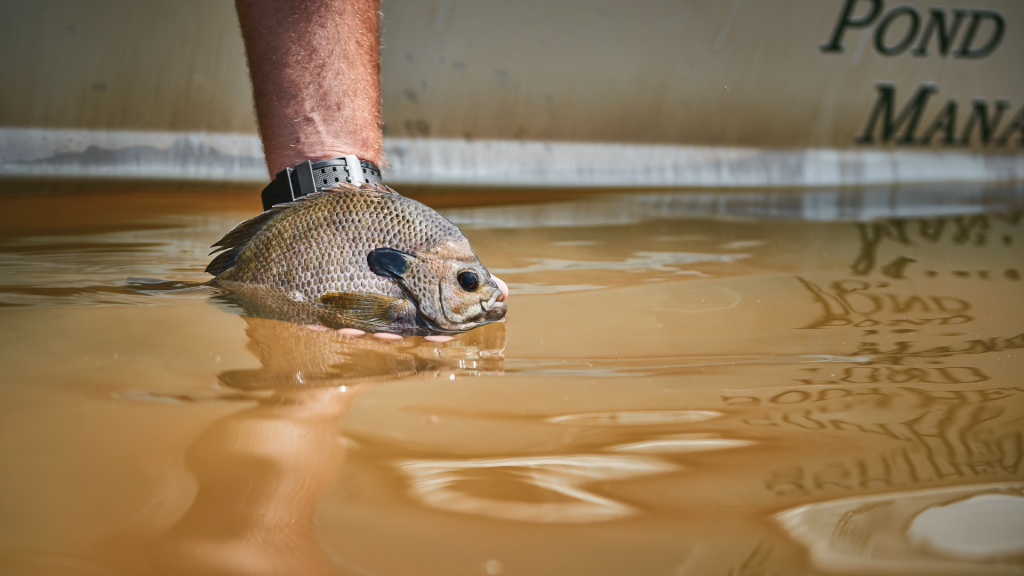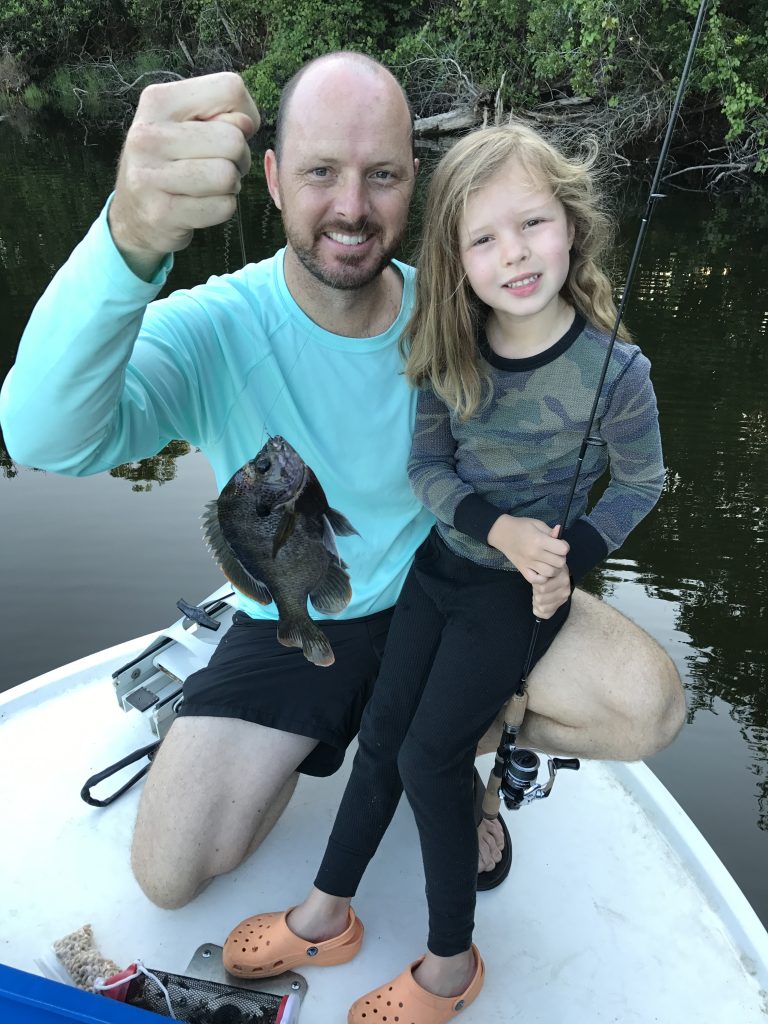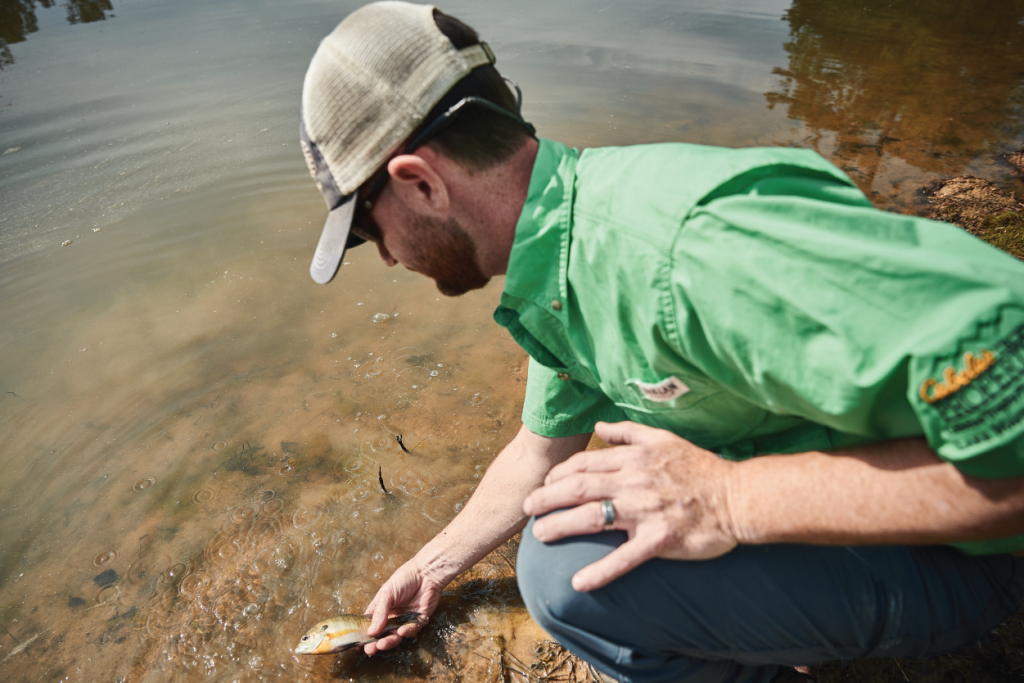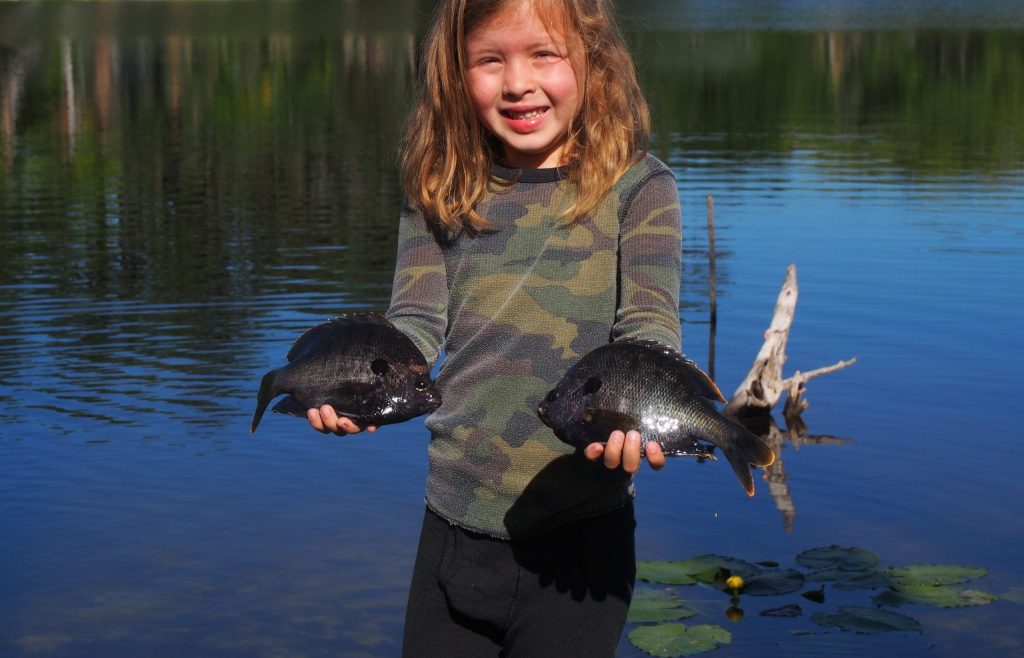Coppernose bluegill, also known as the coppernose bream, is a species of freshwater fish that is popular among anglers due to its aggressive behavior, delicious taste, and its role as a forage species for largemouth bass in managed ponds. In addition to these great attributes, the coppernose is also known for its fast growth rate. In this guide, we will provide you with all the information you need to know about coppernose bluegill, including their range, how to identify them, their diet, and stocking considerations.
What Is A Coppenose Bluegill?
Coppernose bluegill (L. macrochirus purpurescens) are a subspecies of the northern bluegill (LEPOMIS MACROCHIRUS MACROCHIRUS) and are named for the distinctive copper-colored stripe on their nose. They can be found in a variety of freshwater environments, including ponds, lakes, streams, and rivers. Their natural range is the coastal plain of the southeastern United States, and it has been introduced to other parts of the country for recreational fishing purposes. They prefer warm, shallow waters with abundant vegetation and structure, such as fallen trees, weed beds, and rocks.

Coppernose Bluegill Vs Bluegill
Coppernose bluegill and northern bluegill are both members of the sunfish family and share many similarities in appearance and behavior. However, there are some key differences between these two species of fish. The most notable difference between coppernose bluegill and bluegill is the copper-colored stripe on the nose, which gives this fish its name. They also tend to have a blue-green back, while bluegill have a dark green to olive-colored back. Coppernose bluegill can also be slightly larger, with some individuals reaching up to 12 inches in length.
Shellcracker Vs Coppernose
Shellcracker and coppernose bluegill are two different species, but they share some similarities in appearance and habitat. The most significant difference between them is their appearance. Shellcracker have a dark greenish-black back and yellow to orange belly, while coppernose bluegill has a blue-green back and a copper-colored stripe on its nose. Shellcracker also tends to be larger, with sizes of up to 10-12 inches, while coppernose bluegill are typically around 6-8 inches long.
Coppernose Bluegill Size
Coppernose bluegill can grow up to around 12 inches in length, although the average size is typically around 6-8 inches. Their growth rate and maximum size can vary depending on a variety of factors, including the quality and availability of food, water temperature, and habitat conditions. In general, coppernose bluegill in warmer, nutrient-rich waters with abundant food and cover will tend to grow larger than those in colder or less productive environments. Additionally, larger individuals are typically found in deeper waters, while smaller ones are often found in shallower waters.
World Record Coppernose Bluegill
There is no official world record for coppernose bluegill, as the International Game Fish Association (IGFA) does not differentiate between subspecies of bluegill. The IGFA recognizes the all-tackle world record for bluegill as 4 pounds, 12 ounces, caught by T.S. Hudson in Ketona Lake, Alabama, USA in 1950. Will this world record ever be beaten? Only time will tell.
Copernose Bluegill Growth Rate
The growth rate of coppernose bluegill can vary depending on several factors, including water temperature, food availability, habitat quality, and genetics. In general, they grow faster and reach a larger size in warmer waters with abundant food and cover. On average, they can grow up to 2-3 inches per year in ideal conditions, although growth rates can vary widely depending on the specific environment. In some cases, coppernose bluegill may take several years to reach maturity and start to grow rapidly, while in other cases, they may experience stunted growth if they are overcrowded or if food is limited.

To optimize their growth rates, it is important to provide them with a suitable environment that includes plenty of cover, food, and space. This can be achieved through proper pond management techniques, such as stocking at appropriate densities, providing aeration and water circulation, and controlling vegetation to maintain good water quality.
Coppernose Bluegill Stocking
Norma Latona is the founder and President of Southeastern Pond Management, a trusted resource for pond and lake management as well as stocking many types of fish species including coppernose bluegill. We recently caught up with Norm and asked him for his advice on coppernose bluegill stocking.
Q: Why is it important to stock bluegill?
A: “Bluegill are the fundamental forage in most managed ponds because they spawn multiple times throughout the year. Females may produce 10,000-50,000 eggs per spawn.”
Q: Do you recommend stocking coppernose bluegill or northern bluegill?
A: “We recommend and stock coppernose bluegill. When put on an intensive supplemental feeding program, they commonly grow faster and larger than northern bluegill in small impoundments and will routinely exceed one pound in size when managed with a regular feeding program.”
Q: What is the ideal coppernose bluegill stocking rate?
A: “Bluegill fingerlings should be stocked into new or renovated ponds at a rate of 1,000-2,000 per acre from October through March. Fall or early winter stockings are recommended to allow for maximum growth and reproduction before the bass are introduced in June.”

Q: What about coppernose bluegill stocking in established ponds?
A: “In established ponds that have become “bass-crowded”, intermediate-sized bluegill are often introduced at the rate of 500-2,000 per acre to directly feed stunted bass and enhance the reproductive capacity of the bluegill population.”
Q: What else should we be thinking about when it comes to stocking coppernose bream?
A: “ Coppernose bream food primarily consists of zooplankton, insects, and other invertebrates. Therefore, maintaining a fertile pond environment is necessary to maximize the reproduction and early growth of bream. Additionally, feeding bream a pelleted food will promote faster growth and a larger maximum size.”
Q: What is the best way to fish for stocked coppernose bluegill?
Coppernose bluegill can be reliably caught on live bait such as crickets, red worms, wax worms, and mealworms. Fish these baits on either slip cork or split shot rig, depending on the depth at which fish are holding. Coppernose bluegill will also hit a variety of small artificial lures such as beetle spins, inline spinners, and crappie jigs. But fly fishing is perhaps the most fun way to catch them. A small 2 or 3wt fly rod, or a tenkara rod, will accurately pitch small flies and let you appreciate the feistiness of this small but aggressive fish. A tenkara rod, like those sold by Tenkara USA, is especially fun for small children, and can serve as a bridge between “cane pole fishing” and more advanced forms of fishing.
Points To Consider In Coppernose Bluegill For Sale
When considering who to buy your coppernose bluegill from, it is important to research the reputation of the seller before making a purchase. Look for reviews and ratings from previous customers, as well as any accreditations or certifications the seller may have. When purchasing coppernose bluegill, it is important to ensure that the fish are healthy and free from disease or parasites. Ask the seller about their disease prevention and fish health management practices.
Consider the size and quantity of coppernose bluegill you need based on the size of your water body and your desired goals for your pond. Be sure that the timing of your stocking aligns with your goals for the pond. Consult with a pond management company to make sure you are stocking your fish at the right time and in accordance with pond management best practices. By considering these points when purchasing coppernose bluegill for sale, you can help ensure that you receive healthy fish that will thrive in your water body and provide a fun and rewarding fishing experience.
Final Thoughts On Coppernose Bluegill
Coppernose bluegill are a fascinating and popular species of freshwater fish that offers many benefits for recreational fishing and pond management. To maximize their benefits, it is important to manage their habitat and population carefully. This includes providing sufficient cover and structure, monitoring water quality and food availability, and avoiding overstocking or overcrowding. By taking these steps, you can help ensure that your fish population remains healthy and sustainable, providing years of enjoyable fishing and ecosystem benefits. Whether you are fishing for sport or managing a water body, coppernose bluegill is a species worth considering.




